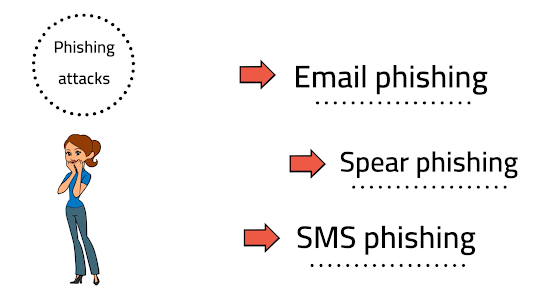Pretexting Cyber Attack

Pretexting Cyber Attack Ok friends. Today we talk about pretexting cyberattacks. Pretexting is a form of social engineering where a hacker creates a made-up story or “pretext” to manipulate people into divulging confidential and personal information, such as financial details, or login credentials. The whole idea behind pretexting attacks is that the attacker essentially creates a fake identity to deceive the target and gain their trust to get information easily. This type of attack depends heavily on human nature and the inclination to trust individuals. Let’s go through a made-up example of a pretexting cyber attack to make it easy to understand. By the way, you can support me and my channel on the following link: buymeacoffee Imagine you have access to a secret password to your favorite game online, and only you and one of your best friends know about it. Now, let’s pretend someone comes up to you and says they’re a new employee sent by the game company, and they n...





